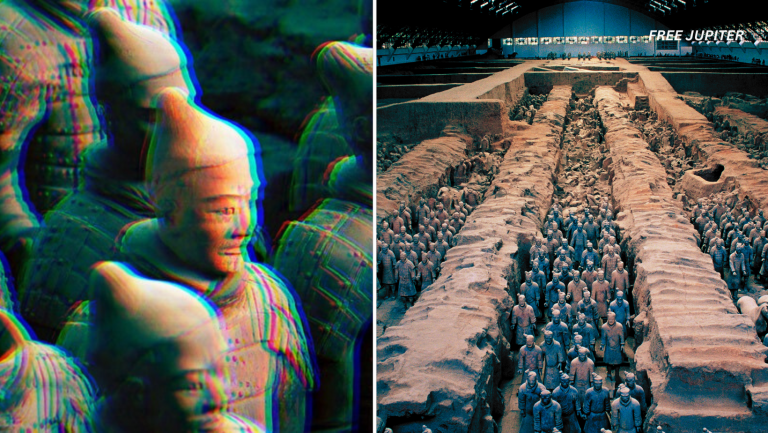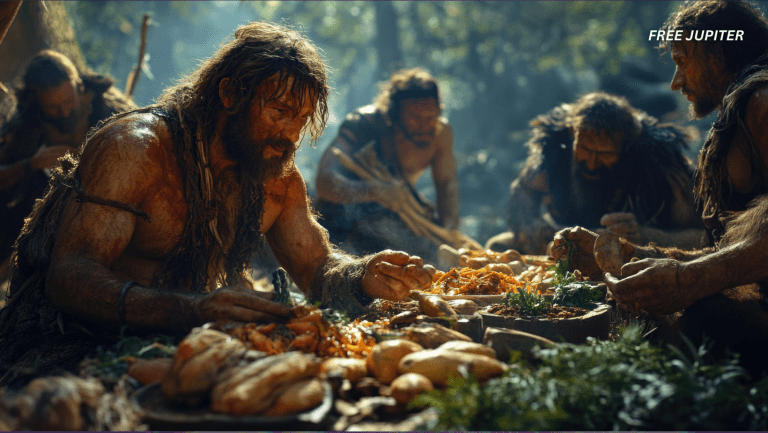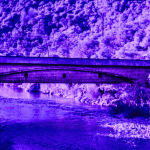Fresh archaeological findings have stirred global intrigue by possibly adding new weight to one of Christianity’s most sacred traditions. Deep beneath the ancient stones of Jerusalem’s Church of the Holy Sepulchre, traces of a garden—once only mentioned in scripture—have been uncovered, offering what some believe could be further validation of the biblical narrative surrounding the burial of Jesus Christ.
These findings, revealed during an ongoing excavation effort, have added yet another layer to the historical and religious significance of the site believed to be where Jesus was crucified, buried, and ultimately resurrected. What has been discovered may appear modest at first glance—seeds, pollen grains, and remnants of ancient olive trees and grapevines—but for archaeologists and theologians alike, the implications are potentially monumental.
The garden mentioned in the Gospel of John, chapter 19, verse 41, had long been considered metaphorical or spiritual in nature. The verse reads: “Now in the place where he was crucified there was a garden, and in the garden a new tomb in which no one had yet been laid.” For centuries, this line has fueled debate among scholars, with some interpreting it literally, while others viewed it as symbolic. Now, a tangible link to this description appears to have been unearthed.
Dr. Francesca Stasolla, an esteemed archaeologist from Sapienza University of Rome, has played a pivotal role in the excavation. In comments made during a recent interview, she confirmed that botanical evidence—specifically ancient seeds and pollen samples—had been recovered from beneath the historic structure. These organic remnants have been believed to date back around 2,000 years, placing them squarely within the timeline traditionally associated with Jesus’s death.
Read more: Stephen Hawking’s Simple Answer When Asked If He Believed in God
The presence of grapevines and olive trees was said to be indicative of cultivated land, strongly suggesting that the area had once served an agricultural function. Such findings align intriguingly with gospel accounts and reinforce the long-standing belief that the site was once a garden or green space during the 1st century A.D.
What makes this discovery particularly compelling is not merely its age or biblical association, but the broader context in which it has been found. The Church of the Holy Sepulchre, built in the 4th century A.D., is widely regarded as Christianity’s holiest shrine. It stands on what is believed to be Golgotha—also called Calvary—the location referenced in the New Testament as the place of Jesus’s crucifixion. The recent excavation, which has been described as the most comprehensive restoration undertaken in nearly 200 years, is shedding new light on a location already steeped in centuries of spiritual and historical meaning.
It has been revealed that before becoming a sacred Christian site, the area served multiple purposes. It had once functioned as a quarry, where stone was extracted for building materials. Later, during the Roman period, its use transitioned. According to Dr. Stasolla, the land eventually gave way to agricultural and funerary use, transforming over time from a place of industrial labor to one associated with cultivation and burial practices.
She noted that the timeline of the organic material’s exact age is still being carefully evaluated. However, preliminary findings suggest the presence of vegetation was established after the quarry had fallen into disuse but before the site became a place of Christian worship. “The quarry had to be gradually abandoned,” she explained, “and as the stone extraction ended, it was used for agricultural areas and tombs.”
This transformation aligns remarkably well with historical beliefs about the site’s function during Jesus’s lifetime. The Gospel of John’s mention of a garden and a nearby tomb could now be interpreted not only through a theological lens but also with scientific backing, at least in terms of how the landscape may have actually looked during that period.
Read more: Ancient Manuscript Suggests Jesus Married Mary Magdalene And Had Two Children
Adding further depth to the excavation, artifacts from various eras have also come to light. Fragments of pottery, metal tools, and glass pieces have all been discovered, some dating back as far as the Iron Age. These items serve as compelling reminders of the area’s long-standing importance—not just as a religious sanctuary but as a continuous human settlement over many generations.
The presence of such artifacts has been seen as proof that the site had long drawn visitors, perhaps even pilgrims, centuries before its Christian identity had solidified. “Ceramics, metals, glass… all document both the occupation of the area and the presence of believers and pilgrims,” Dr. Stasolla remarked. “The excavation’s [purpose is to gain] knowledge about this significant area of the city of Jerusalem,” she added, noting that the findings offer valuable insights into the evolution of this sacred space.
The excavation is being conducted with remarkable care, particularly because the Church of the Holy Sepulchre is shared among multiple Christian denominations, including Greek Orthodox, Roman Catholic, and Armenian Apostolic communities. As such, every action taken within its walls is subject to intricate agreements and centuries-old traditions. The digging is being carried out in zones accessible to all the religious communities involved, ensuring that sensitivities are respected while scholarly work progresses.
The church itself bears the scars and stories of many historical phases. Originally built under the patronage of Emperor Constantine the Great in the early 4th century, the structure has faced multiple destructions and reconstructions. In the year 1009 A.D., the church was destroyed by al-Hakim bi-Amr Allah, the Islamic ruler of the Fatimid Caliphate. It was later rebuilt by Crusaders in the 12th century, whose work largely constitutes the form the building takes today.
Read more: The Full Story Behind All Those White Depictions Of Jesus
Dr. Stasolla noted that the current iteration of the church is primarily the result of Crusader reconstruction, though it contains architectural elements spanning several different eras. “The whole church is a composition of historical phases from the fourth century to the modern age,” she explained, emphasizing that each stone and chamber tells its own story.
When asked whether the botanical discoveries mirror the biblical description found in John 19:41, she cautiously affirmed the connection while maintaining a scholarly tone. “Archaeology provides us with data that must then be historicized and interpreted,” she said. “In this case, it documents an agricultural use of the quarry… the Bible quote is certainly suggestive of this.”
The work being done is far from over. Stasolla stressed that the excavation is still in progress and may yield even more revelations in the months and years ahead. “The study will reserve many surprises,” she said, hinting at the possibility of uncovering additional clues about the early Christian period and the spiritual evolution of Jerusalem.
She went on to characterize the project as “a strategic excavation for understanding the development of the city and its sacralization through a Christian lens.” Indeed, as layers of soil and time are peeled back, what emerges is not just a clearer picture of ancient horticulture, but a deeper comprehension of how sacred traditions and tangible history can converge.
While it remains to be seen how definitive these discoveries will prove to be in confirming specific biblical events, their significance cannot be denied. They offer a rare glimpse into the past—a past filled with spiritual weight, historical depth, and archaeological intrigue.
As the dust continues to settle and new truths are uncovered, the sacred and the scientific walk side by side through time, bound together by stone, scripture, and seeds that may once have witnessed history’s most defining moment.










